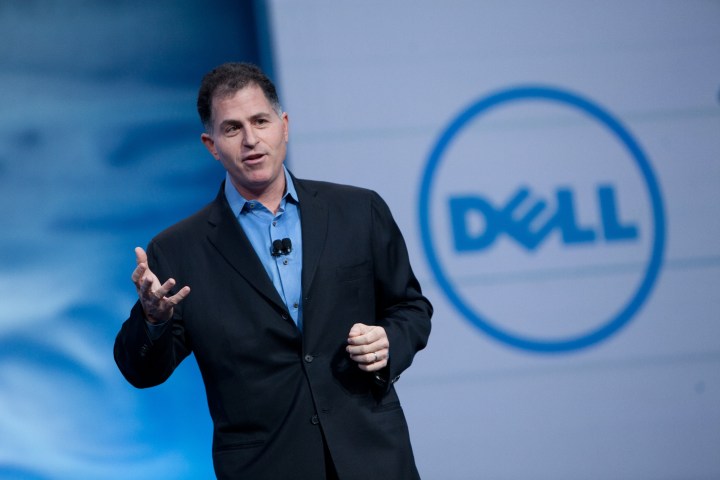
First announced in October of last year, the $63 billion merger received regulatory approval this week from China’s Ministry of Commerce, which was the last of many hurdles Dell and EMC had to clear to make the merger official. The combined company will operate under the name of Dell Technologies. It will be the world’s largest privately controlled technology company, and operate in the software, data center, and storage spaces.
Dell founder Michael Dell described the merger as a “historic moment”. He will now serve as CEO and chairman of Dell Technologies.
“Our investments in [research and development] and innovation, along with our 140,000 team members around the world, will give us unmatched scale, strength and flexibility, deepening our relationships with customers of all sizes,” he said.
After the deal was first announced, Dell and EMC had a long road of regulatory pitfalls to jump across to get to this point. The deal and the massive price tag came as a shock at the time but the two companies have been plotting their uncertain futures for some time, examining mergers and acquisitions as far back as 2013.
So it came as no surprise that in July, 98 percent of the EMC board voted in favor of the merger. However, analysts have warned that the new company will have a bumpy transition process once the deal officially closes.
It has been preparing though. In March, both EMC and Dell reshuffled the roles of some of their executives, assigning them to new responsibilities. Former EMC products and marketing chief Jeremy Burton now becomes chief marketing officer of the new company. David Goulden was CEO of EMC’s information infrastructure unit and will now be president of Dell Technologies’ enterprise systems group.


